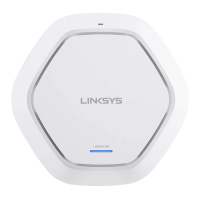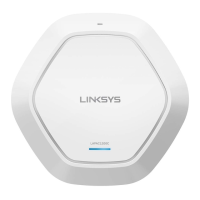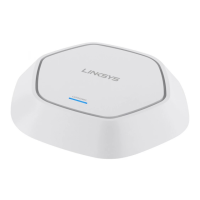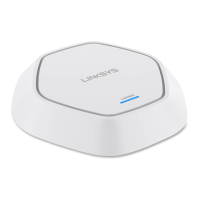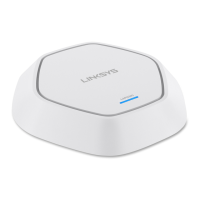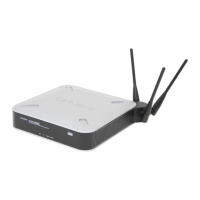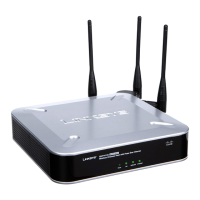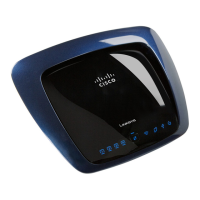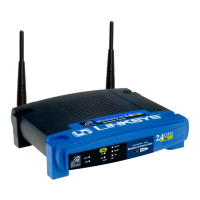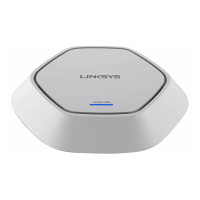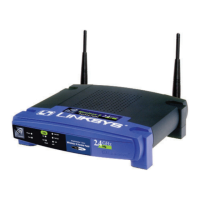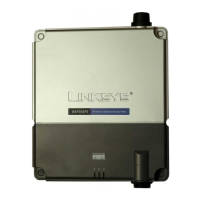81
Section 3: Configuring the Access Point
LAPAC1750PRO Access Point Software User Manual
Bandwidth
Limit
Down
Shows the maximum allowed transmission rate from the
AP to the client in bits per second (bps). The valid range is
0–4294967295 bps.
ACL Type
Up
Shows the type of ACL that is applied to traffic in the inbound
(client-to-AP) direction, which can be one of the following:
• IPv4: The ACL examines IPv4 packets for matches to ACL
rules.
• IPv6: The ACL examines IPv6 packets for matches to ACL
rules.
• MAC: The ACL examines layer 2 frames for matches to ACL
rules.
ACL Name
Up
Shows the name of the ACL applied to traffic entering the AP in
the inbound direction.
When a packet or frame is received by the AP, the ACL’s rules
are checked for a match. The packet or frame is processed if it
is permitted and discarded if it is denied.
ACL Type
Down
Shows the type of ACL to apply to traffic in the outbound (AP-
to-client) direction, which can be one of the following:
• IPv4: The ACL examines IPv4 packets for matches to ACL
rules.
• IPv6: The ACL examines IPv6 packets for matches to ACL
rules
• MAC: The ACL examines layer 2 frames for matches to ACL
rules
ACL Name
Down
Shows the name of the ACL applied to traffic in the outbound
direction.
After switching the packet or frame to the outbound interface,
the ACL’s rules are checked for a match. The packet or frame is
transmitted if it is permitted and discarded if it is denied.
DiffServ
Policy Up
Shows the name of the DiffServ policy applied to traffic sent to
the AP in the inbound (client-to-AP) direction.
DiffServ
Policy
Down
Shows the name of the DiffServ policy applied to traffic from
the AP in the outbound (AP-to-client) direction.
SNMP
This section describes how to configure the SNMP settings on the access point
and contains the following subsections:
• General
• Views
• Groups
• Targets
• Users
General
Simple Network Management Protocol (SNMP) defines a standard for
recording, storing, and sharing information about network devices. SNMP
facilitates network management, troubleshooting, and maintenance. The AP
supports SNMP versions 1, 2, and 3. Unless specifically noted, all configuration
parameters on this page apply to SNMPv1 and SNMPv2c only.
Key components of any SNMP-managed network are managed devices, SNMP
agents, and a management system. The agents store data about their devices
in Management Information Bases (MIBs) and return this data to the SNMP
manager when requested. Managed devices can be network nodes such as
APs, routers, switches, bridges, hubs, servers, or printers.
The access point can function as an SNMP managed device for seamless
integration into network management systems such as HP OpenView.
Download LAPAC1750PRO specific MIB files at www.linksys.com/business/
support.
From the SNMP page under the Services heading, you can start or stop control
of SNMP agents, configure community passwords, access MIBs, and configure
SNMP Trap destinations.
To configure SNMP, click the Configuration > SNMP > General tab and save the
fields described in Table 50 on page 82.
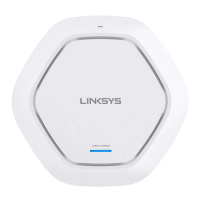
